Overview
This blog explores the essential components of a pocket knife, including the blade, handle, locking mechanism, pivot, and pocket clip. It covers materials, shapes, ergonomics, and safety features, emphasizing their roles in performance and usability. Understanding these aspects enhances appreciation and aids in choosing the right knife for personal needs.
Frequently Asked Questions
1. What are the essential components of a pocket knife?
2. What materials are commonly used for pocket knife blades?
3. How does the handle material affect the usability of a pocket knife?
4. What is the purpose of the locking mechanism in a pocket knife?
5. What are the different types of pocket clips and their functions?
Pocket knives have long been a staple for outdoor enthusiasts, craftsmen, and everyday users alike. Their compact design and versatile functionality make them indispensable tools in various situations. But what exactly makes up a pocket knife? In this detailed guide, we will explore the fundamental components of a pocket knife, focusing on how each part contributes to its overall performance, durability, and aesthetic appeal. Whether you're a seasoned collector of handmade knives or simply looking to understand more about these fantastic tools, this article will deliver insight into the anatomy of a pocket knife.
The Blade: The Heart of the Pocket Knife
The blade is arguably the most critical component of any pocket knife. It serves multiple purposes, from cutting to slicing and even prying. Here are some essential aspects of the blade that every knife enthusiast should know:
Blade Material
The material of the blade significantly influences its durability, sharpness, and corrosion resistance. Common materials include:
- Stainless Steel: Known for its resistance to rust and staining, stainless steel is a popular choice for those seeking low maintenance.
- Carbon Steel: While it may require more upkeep, carbon steel can achieve a sharper edge and is favored for its ease of sharpening.
- Damascus Steel: Renowned for its beautiful patterns and robust qualities, Damascus steel represents a blend of both stainless and carbon steels.
Blade Shape
Different shapes cater to various tasks and preferences. Some common blade shapes include:
- Spear Point: A versatile shape suitable for piercing and slicing.
- Drop Point: Excellent for gutting and skinning, often found in hunting knives.
- Straight Back: Provides a thick spine, well-suited for heavy-duty tasks.
The Handle: Comfort and Grippability
The handle of a pocket knife is just as vital as the blade. It affects not only the comfort of the user but also the knife's overall usability. When considering the handle, several factors come into play:
Handle Material
Just like the blade, the handle material can significantly impact grip and durability. Common handle materials include:
- Wood: Provides a classic look and often feels warm and comfortable in hand.
- G-10: A lightweight and sturdy fiberglass laminate that offers excellent grip.
- Aluminum: Lightweight and provides a modern aesthetic, though it may be slippery when wet.
Ergonomics
The design of the handle is critical for comfort during extended use. Ergonomic features can include contours that fit the hand, textured surfaces for better grip, and finger grooves to enhance control. A well-designed handle helps in reducing fatigue and improving handling during tasks.
The Locking Mechanism: Safety First
The locking mechanism is an essential safety feature that prevents the blade from closing accidentally during use. Understanding the different types of locks can help you choose a pocket knife that suits your needs:
Types of Locking Mechanisms
- Liner Lock: Common in many folding knives, a liner lock uses a spring-loaded metal liner to secure the blade in an open position.
- Frame Lock: Similar to the liner lock but uses the handle’s frame itself to lock the blade, often providing greater strength.
- Back Lock: A classic design that uses a pivoting mechanism to secure the blade, favored for its simplicity and reliability.
The Pivot: Smooth Operation
The pivot is the central point around which the blade rotates during opening and closing. A well-designed pivot ensures smooth operation and contributes to the overall user experience:
Adjustment and Maintenance
Many pocket knives feature adjustable pivots, which allow users to maintain the knife's operational smoothness over time. Moreover, keeping the pivot clean and lubricated can prolong the knife's lifespan and maintain optimal functionality.
The Pocket Clip: Convenience on the Go
The pocket clip is a small but vital component that enables easy carrying and access to your pocket knife. Here are some key points about pocket clips:
Placement and Design
Many pocket knives offer ambidextrous clips, which allows users to decide which side to carry their knife. Additionally, the design of the clip can affect how securely the knife rests in your pocket:
- Deep Carry: Sits low in the pocket for discreet carry.
- Standard Carry: Rests higher in the pocket for quicker access.
Detachable Clips
Some pocket knives come with detachable clips, allowing users to customize their carry style based on personal preference and needs.
The Conclusion: Master the Pocket Knife's Anatomy
Understanding the essential components of a pocket knife can significantly enhance your appreciation for this versatile tool. From the blade to the handle, locking mechanism, and more, each part plays a unique role in defining the knife's function and form. As you explore the world of pocket knives, consider how these features align with your personal needs and preferences. Whether you’re searching for a daily carry or a handmade knife to add to your collection, being informed about the anatomy of a pocket knife will empower your decisions and enrich your experience. Remember, whether performing small tasks or engaging in more significant projects, a pocket knife is more than just a tool—it's an extension of your skill and craftsmanship!


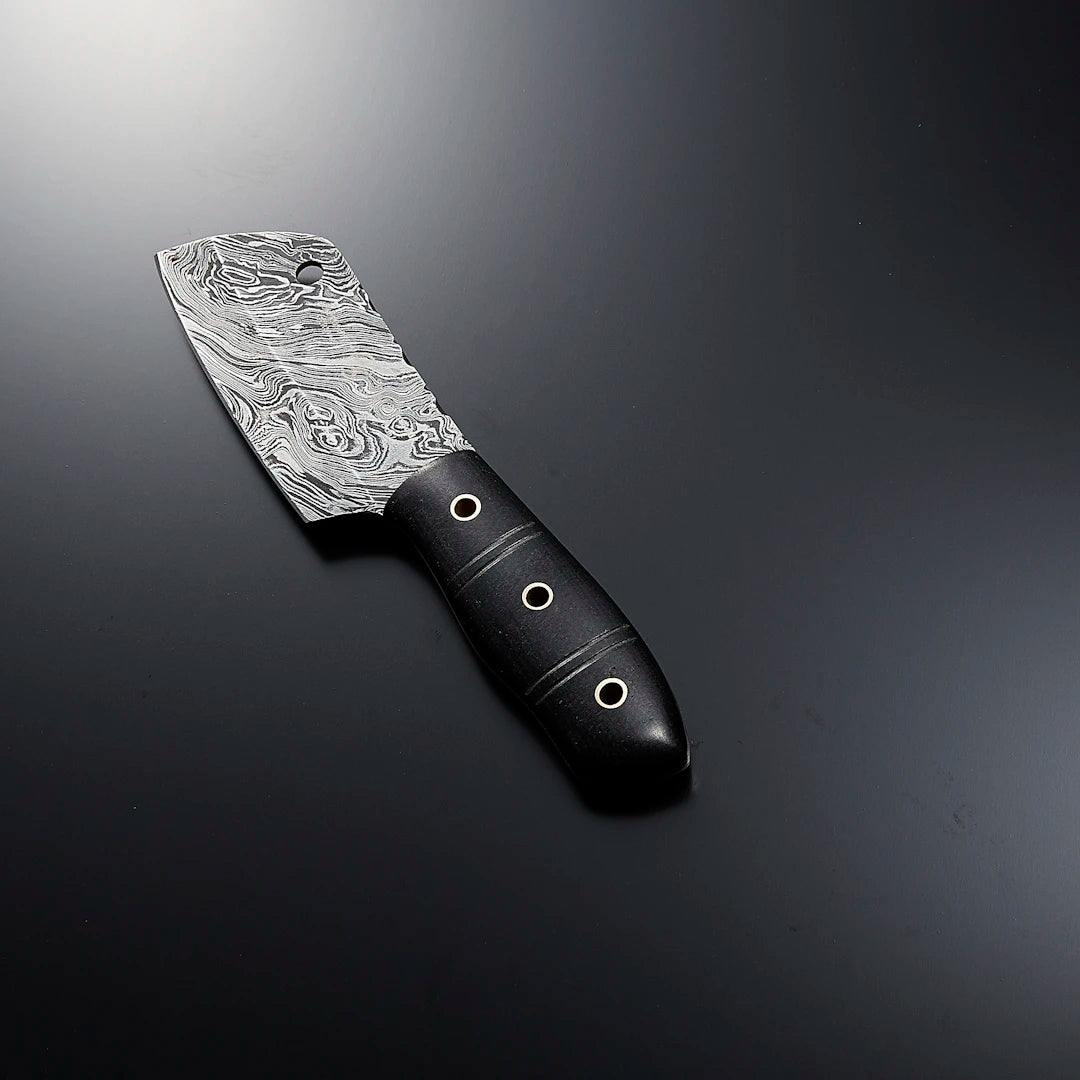



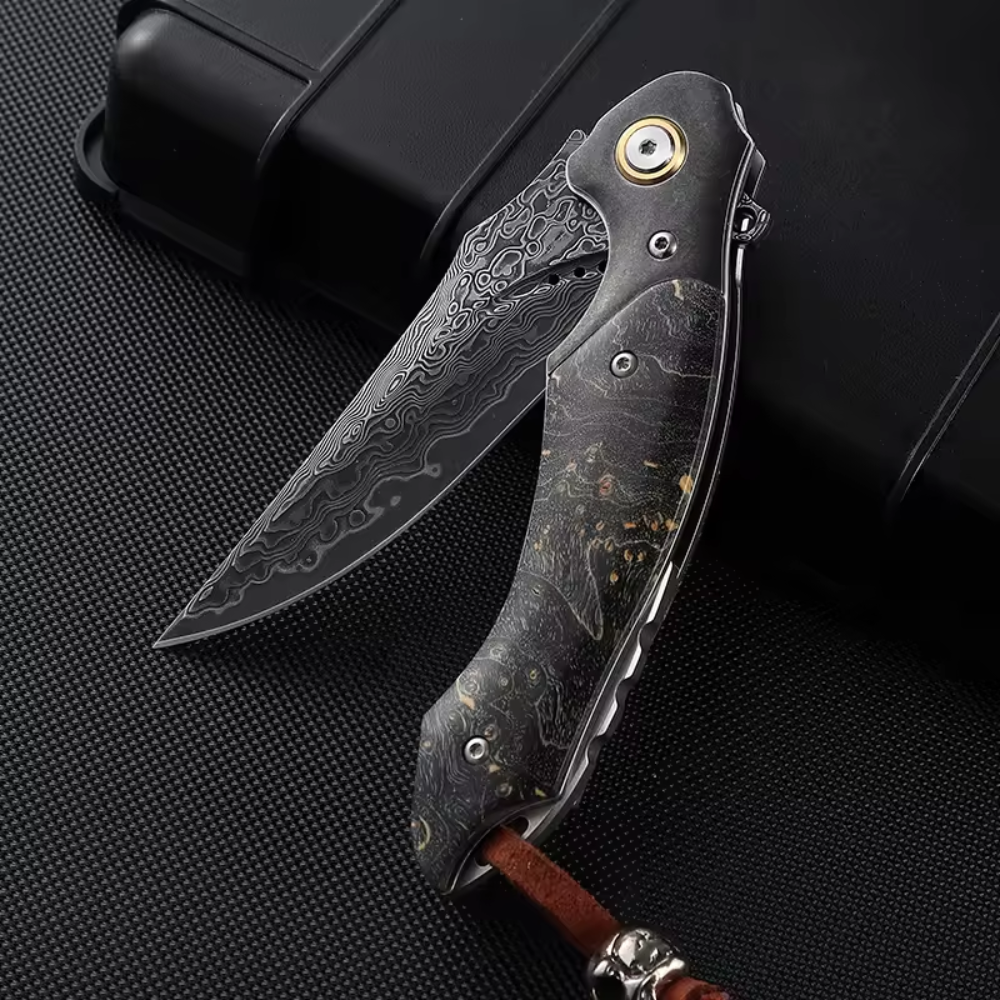
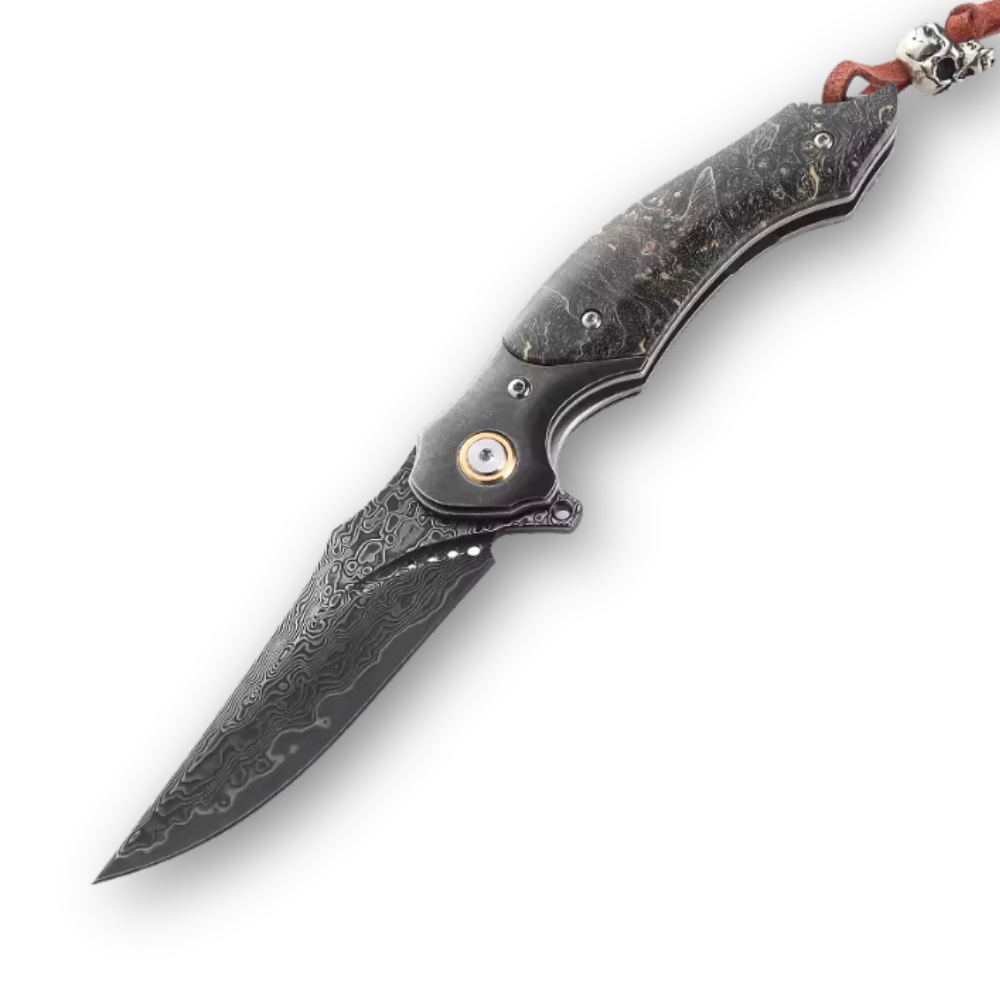
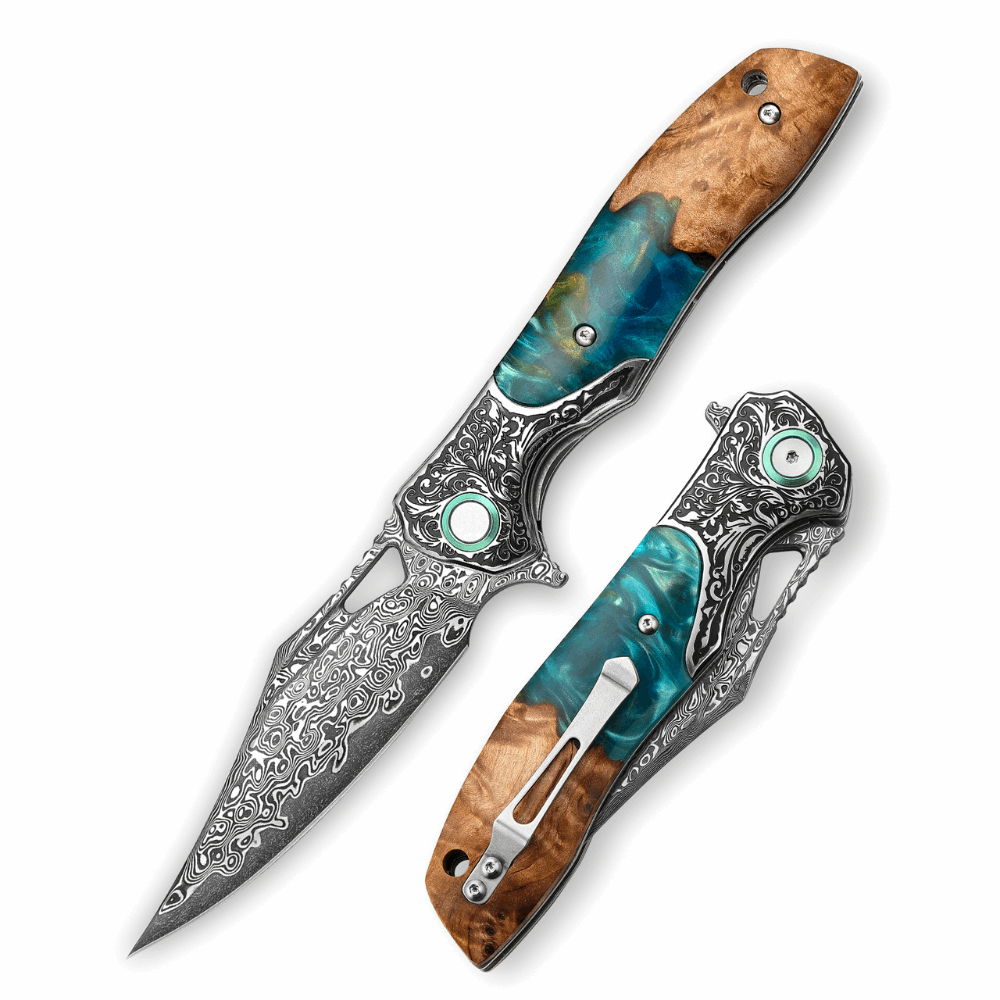
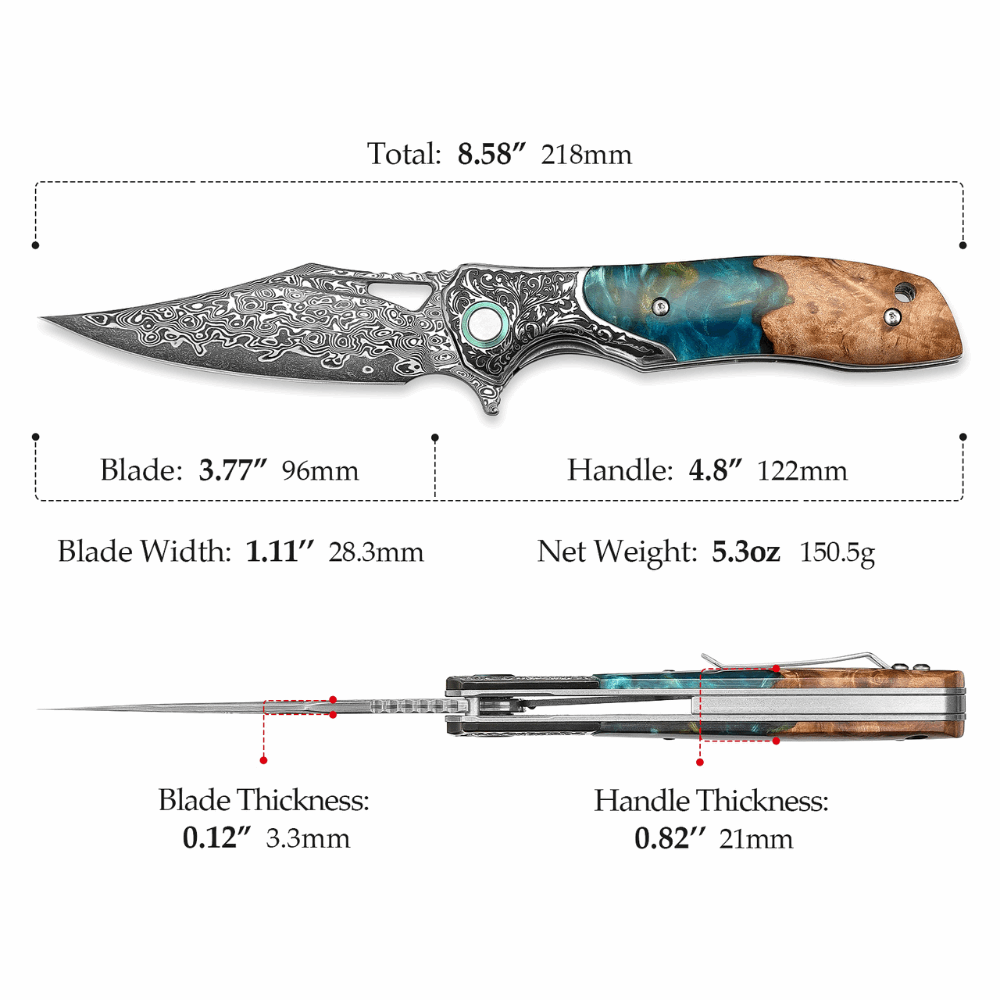
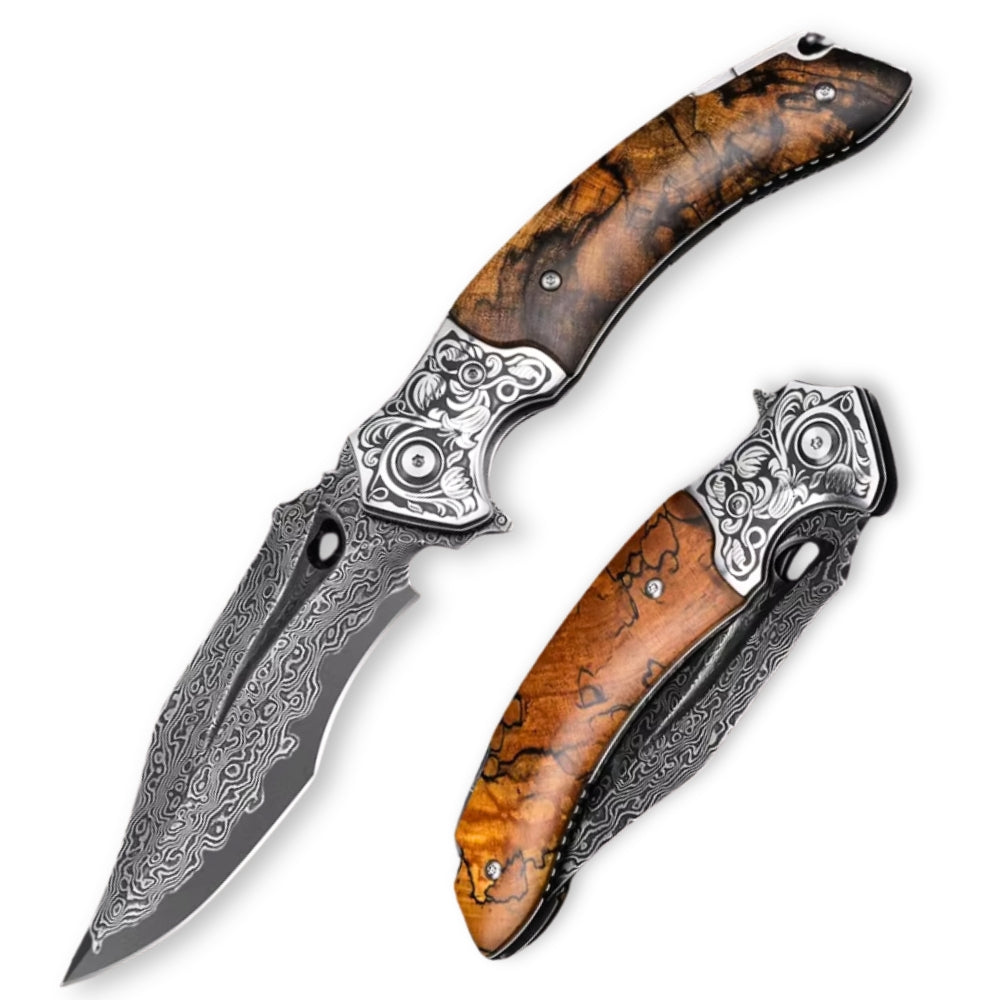
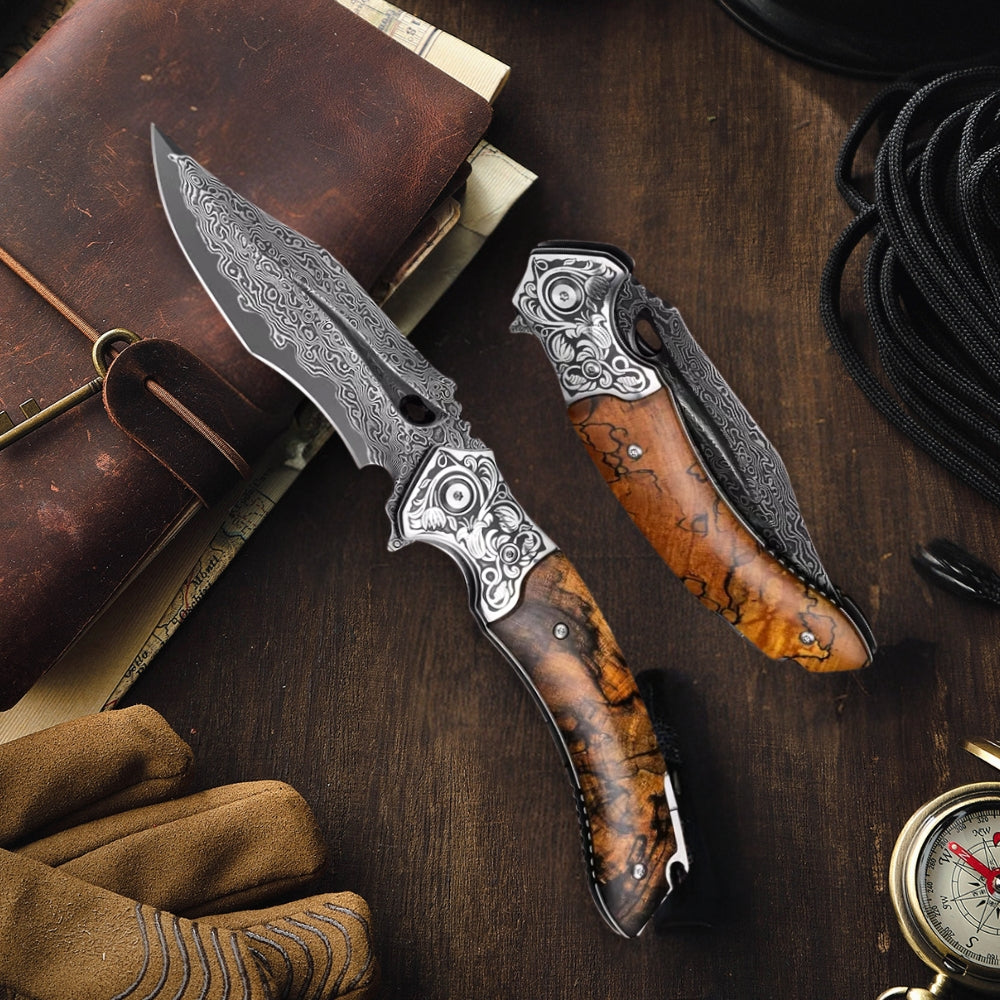
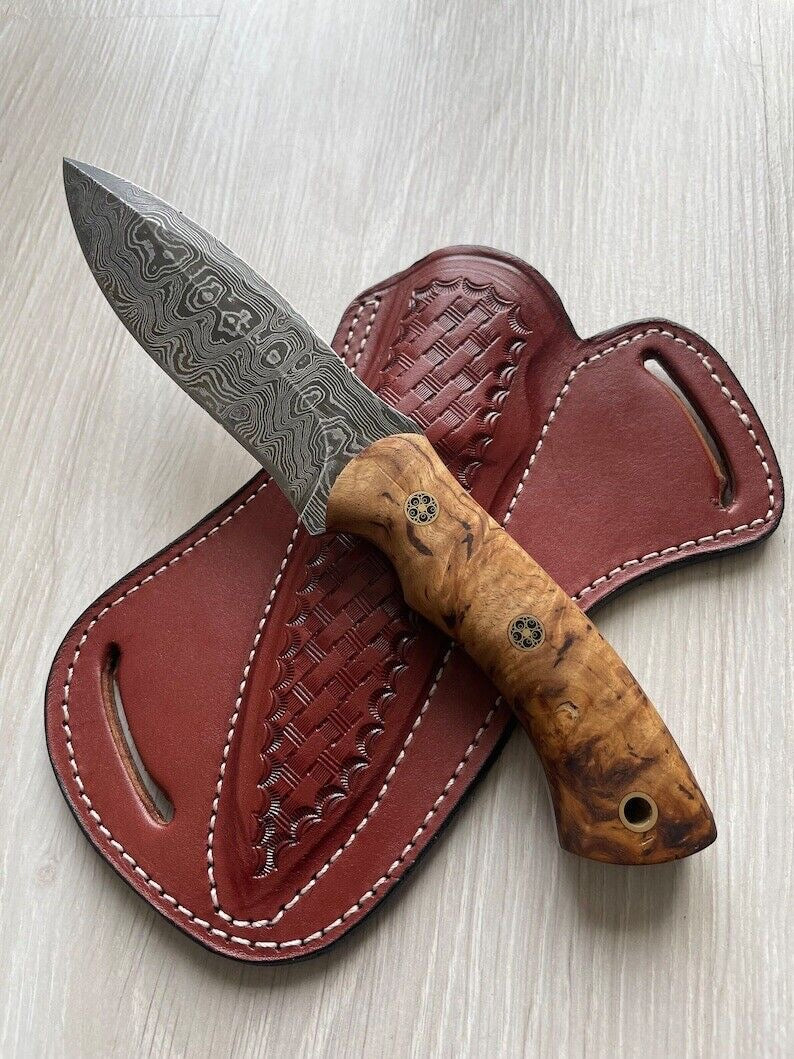
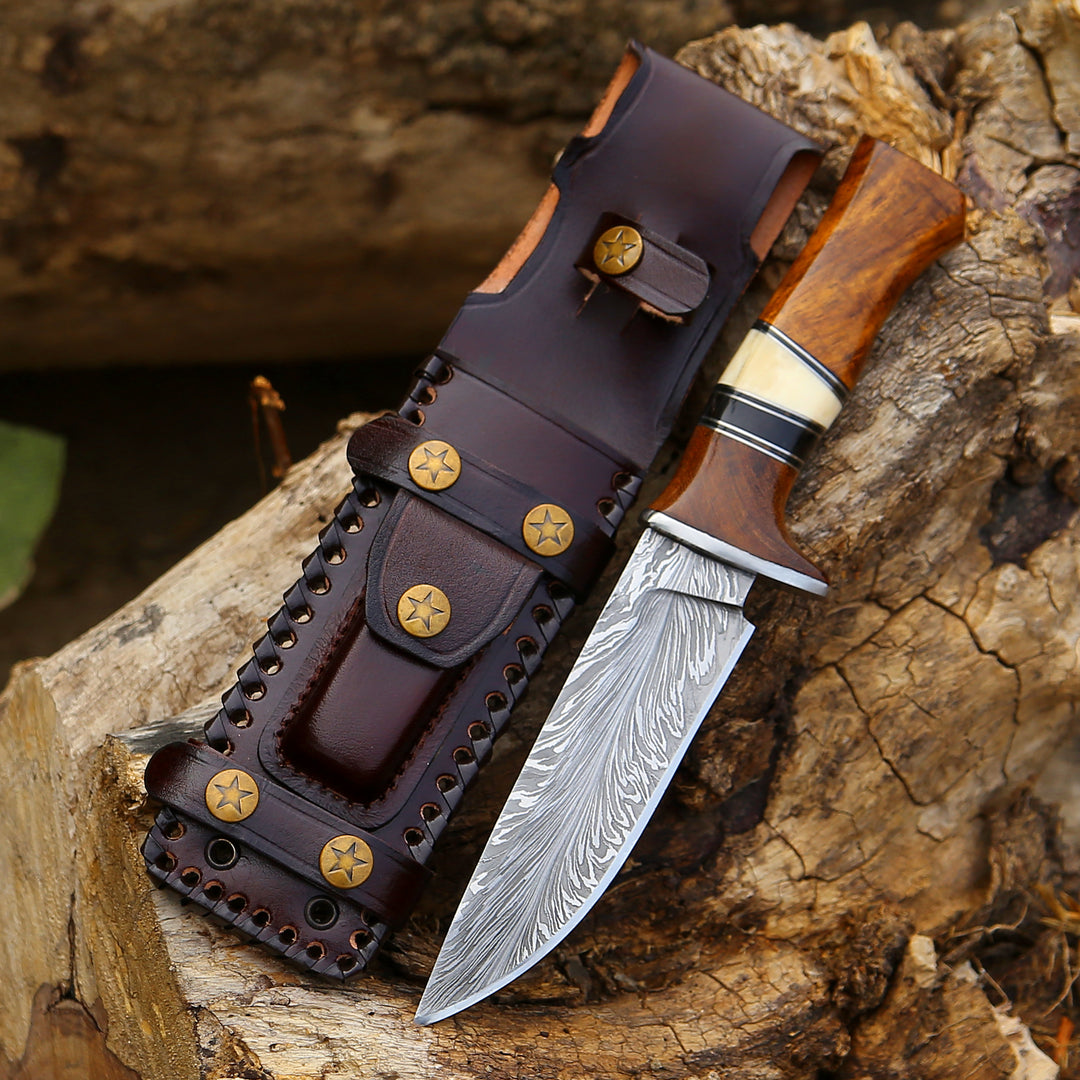
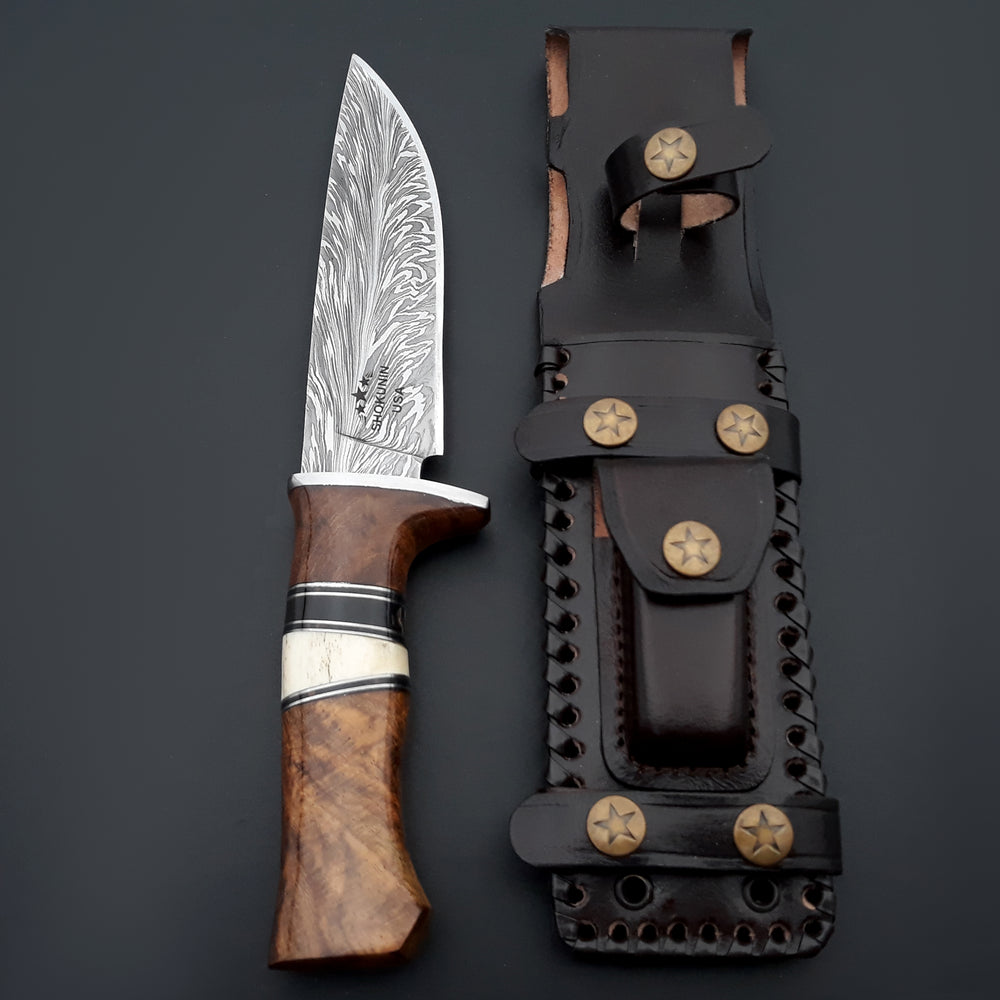
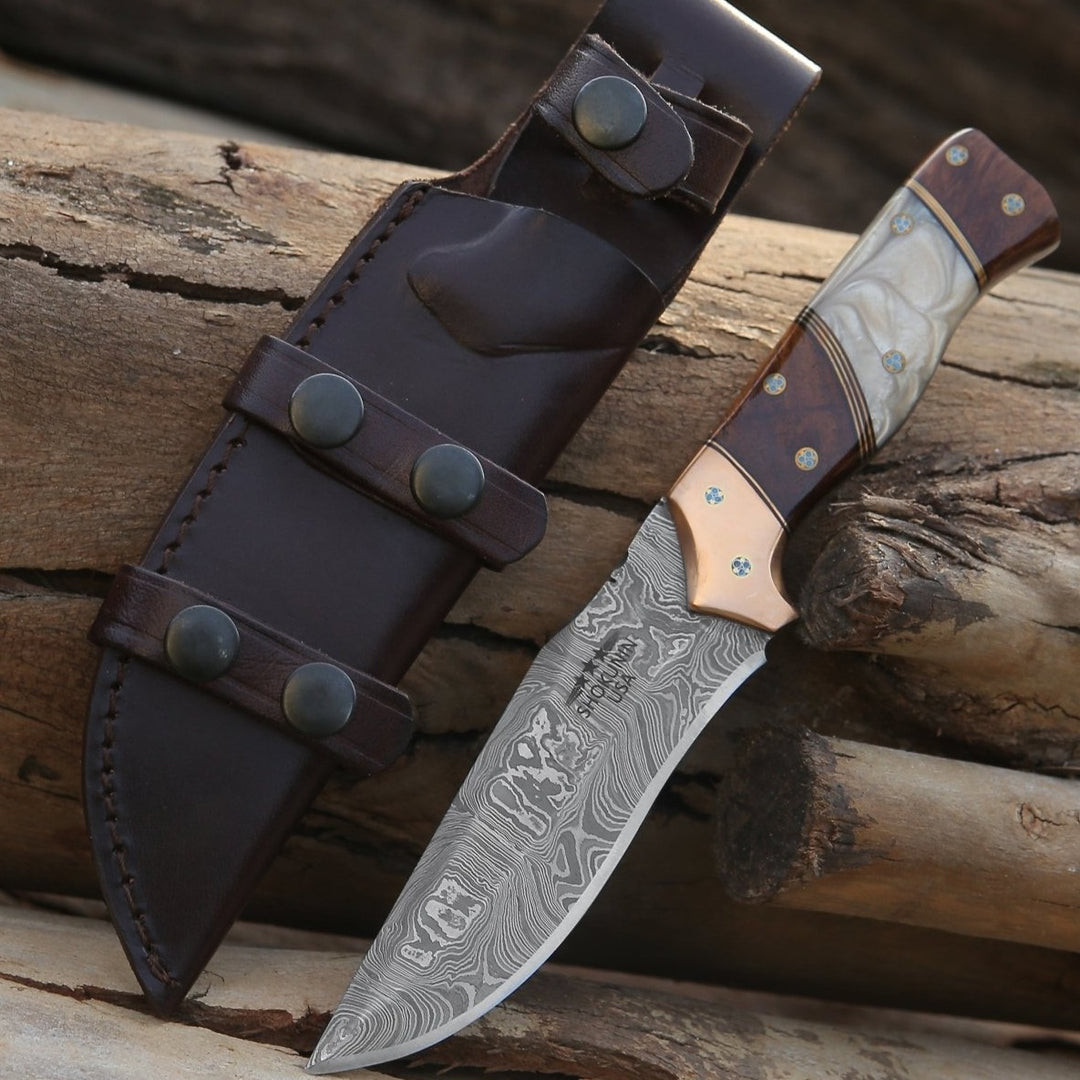
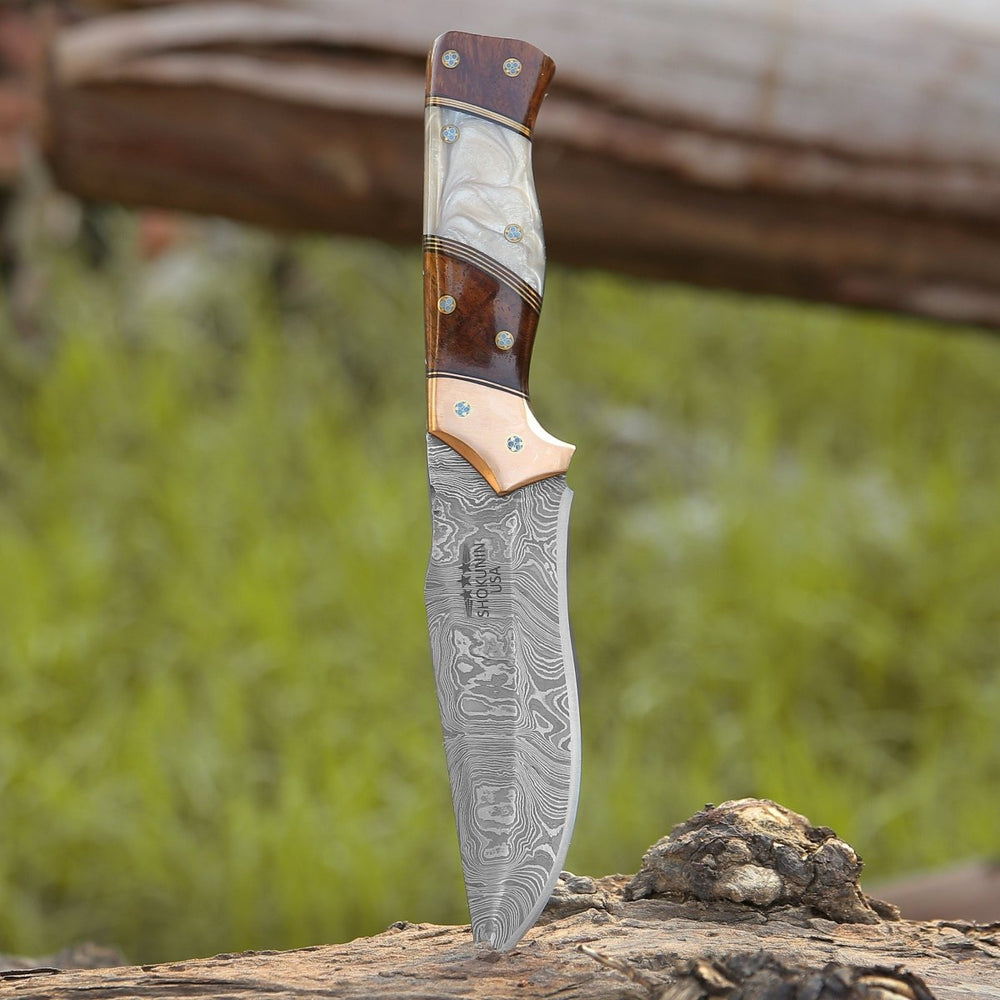
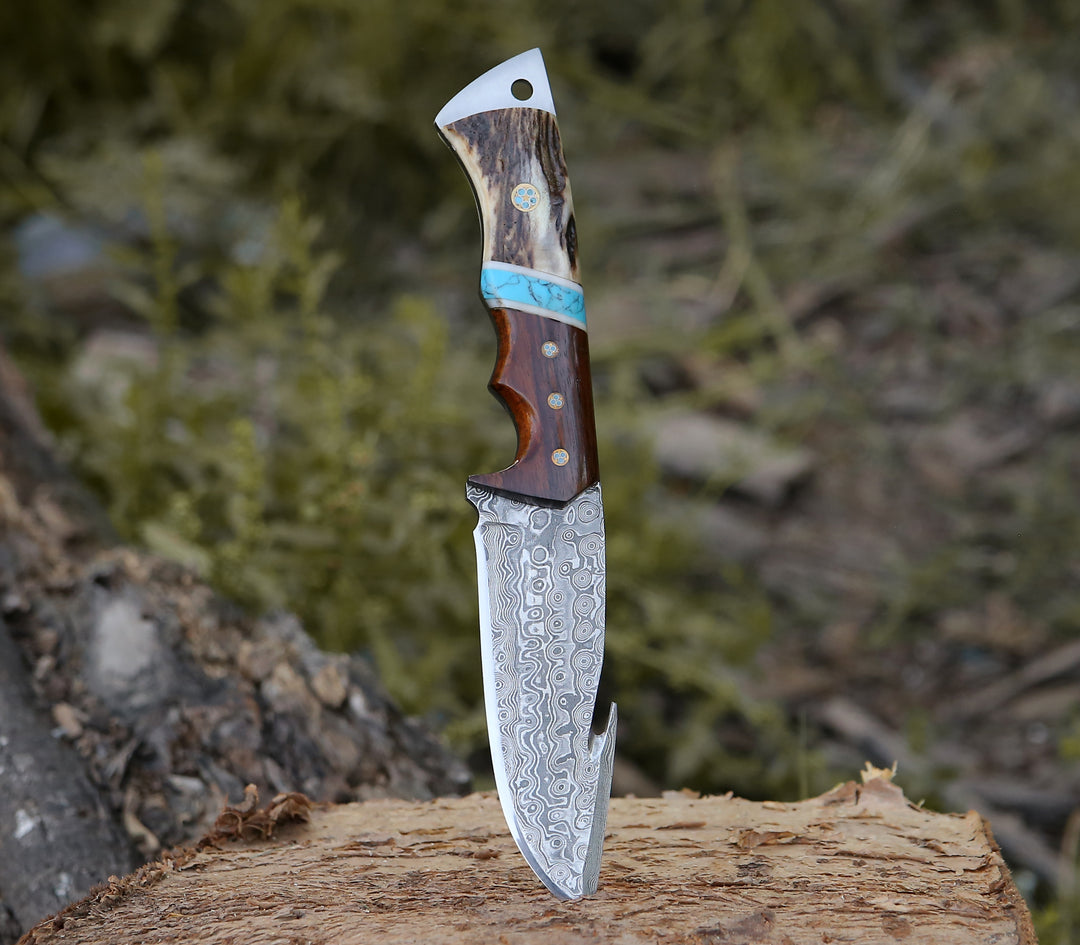
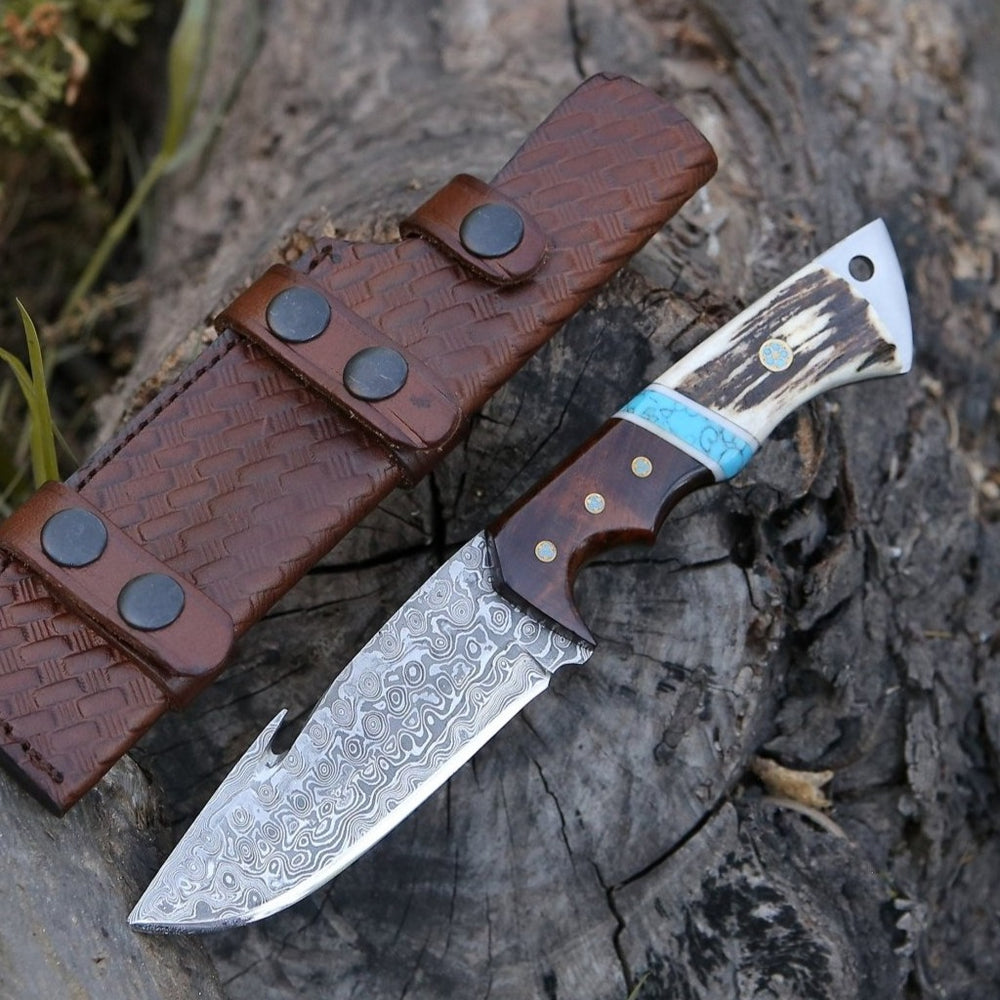
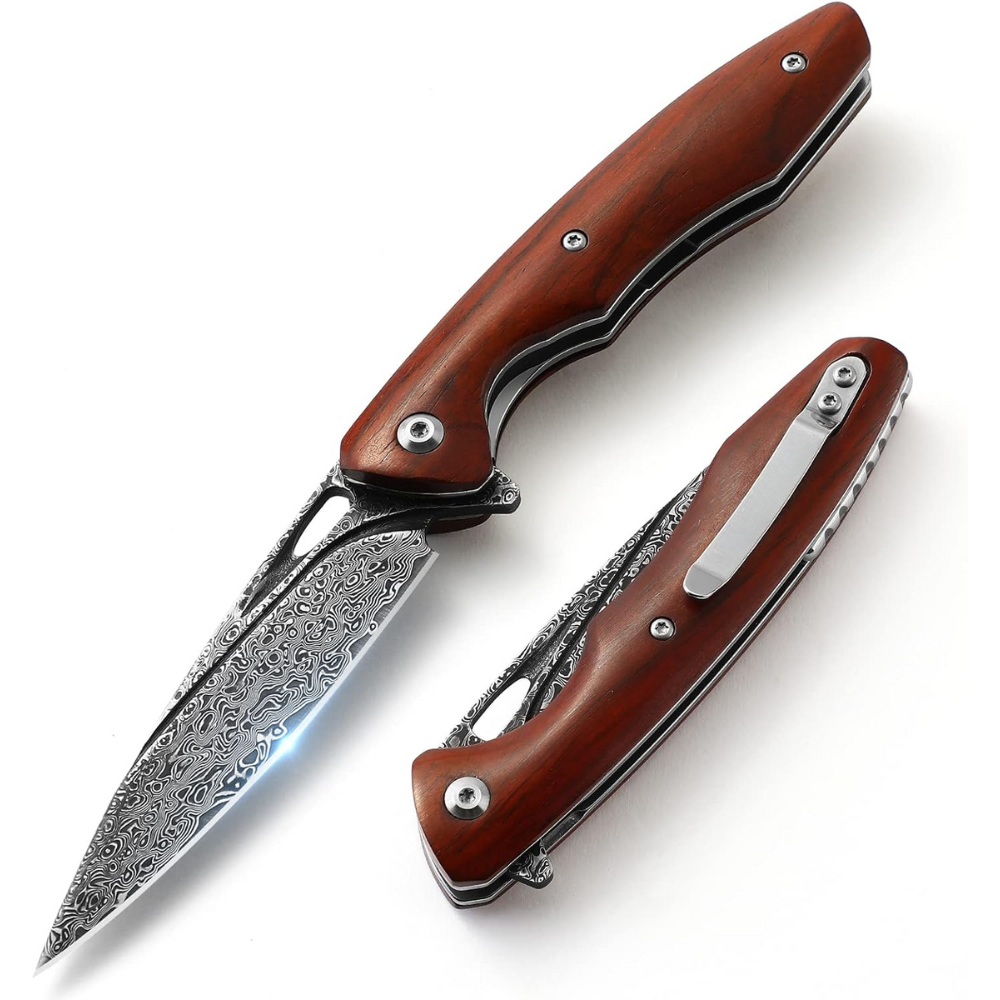
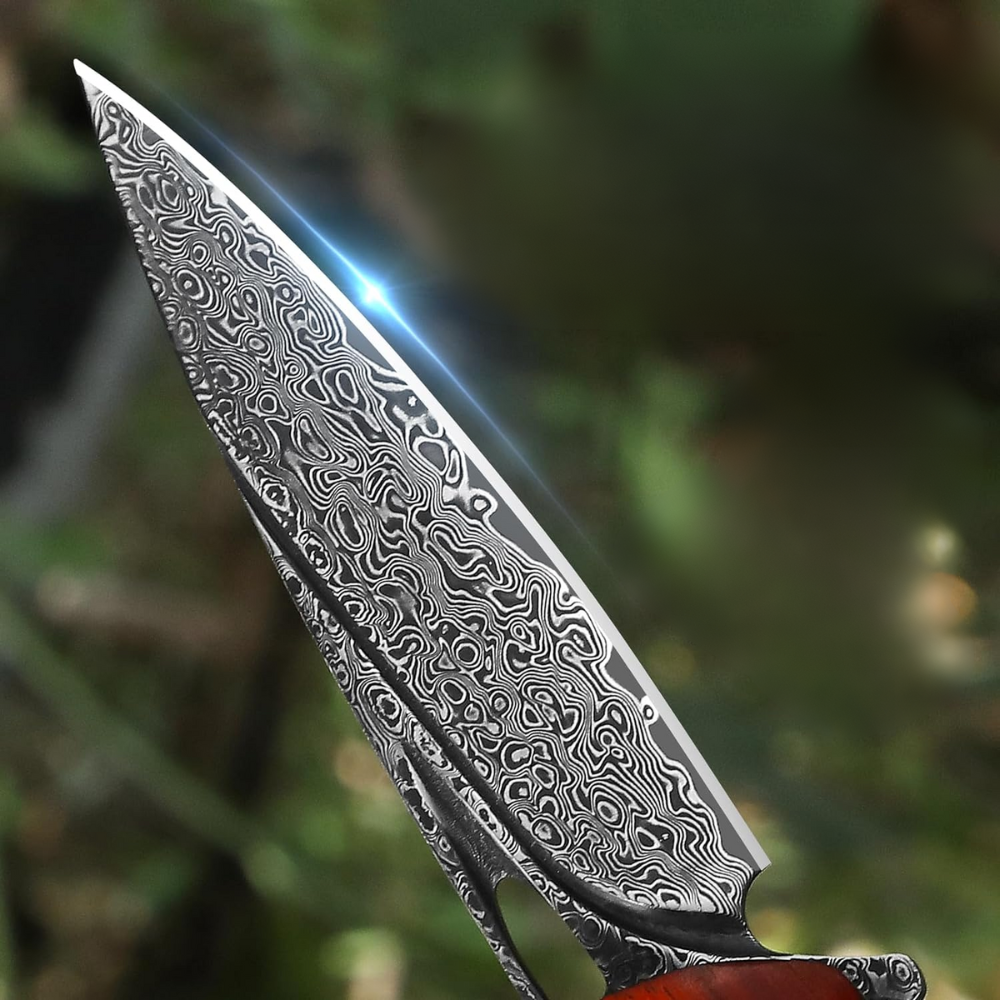
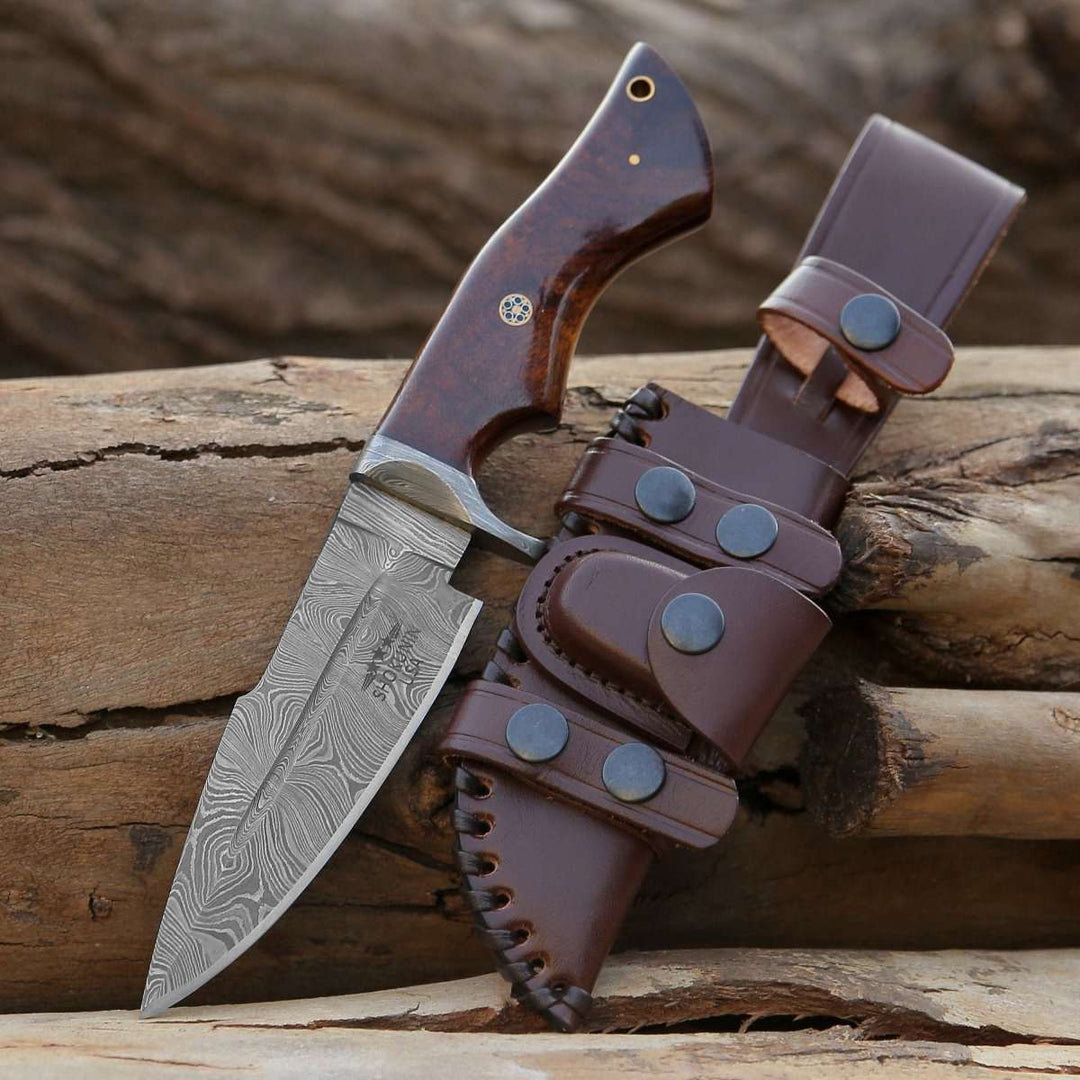
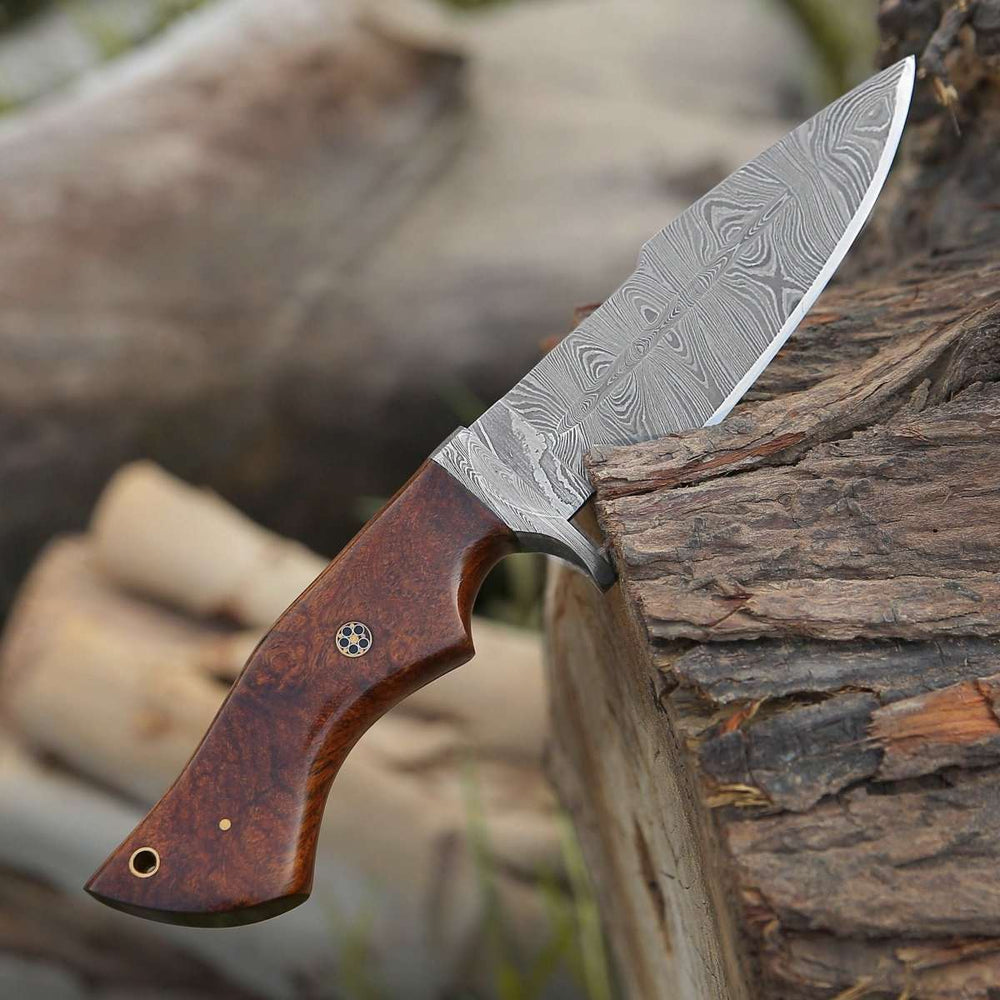
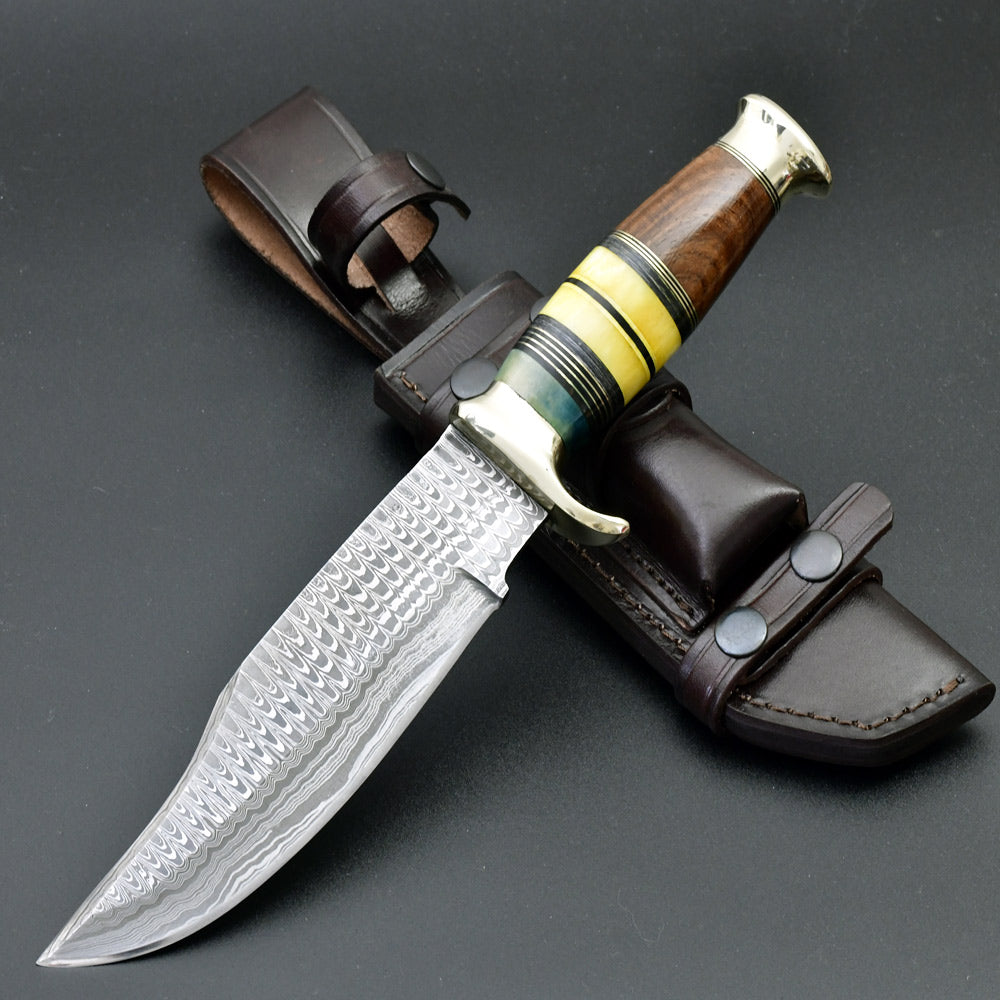
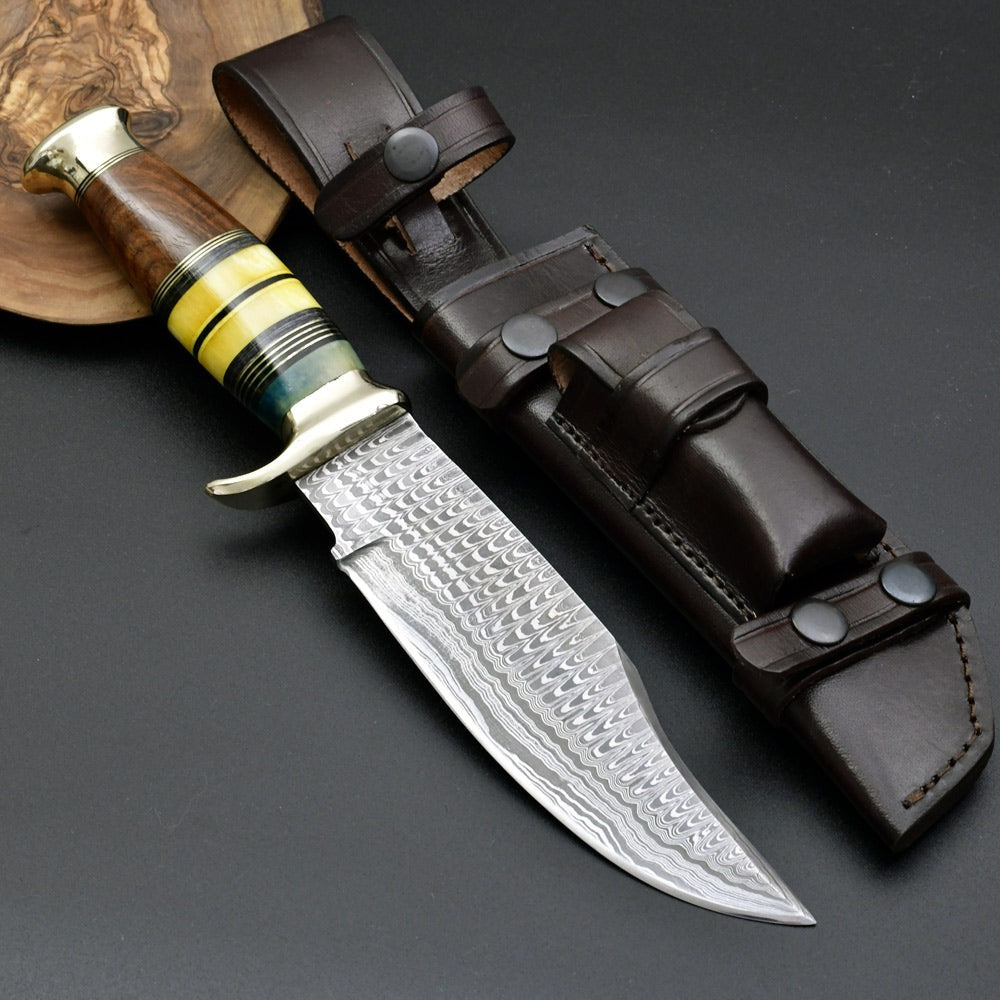
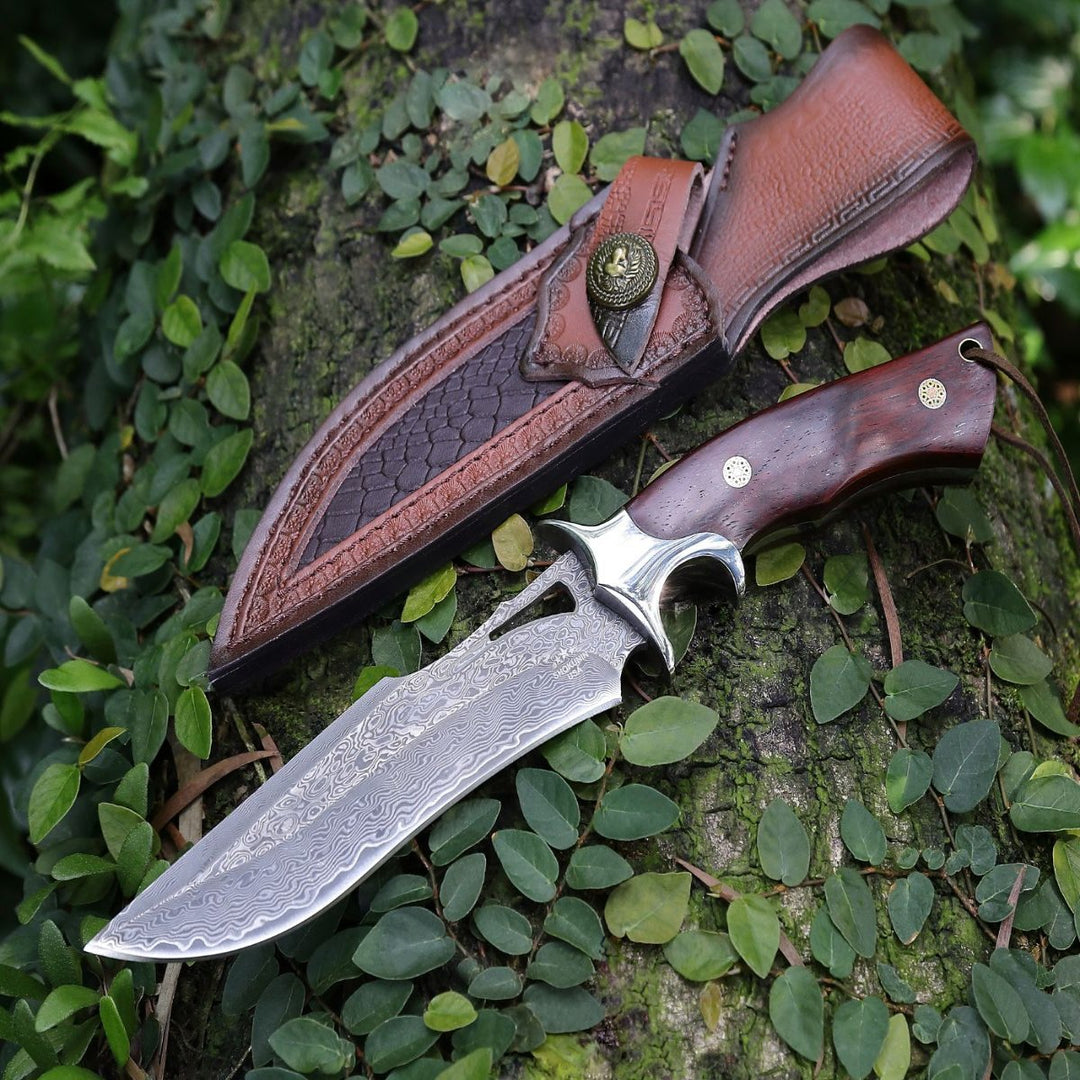
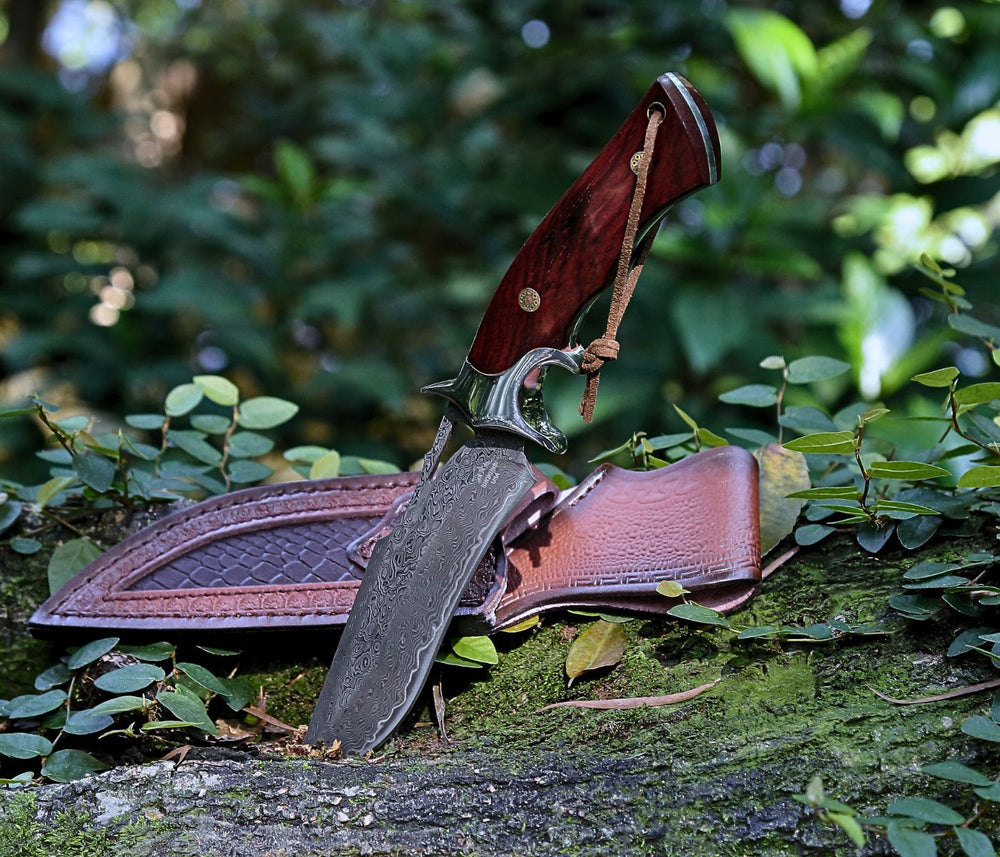
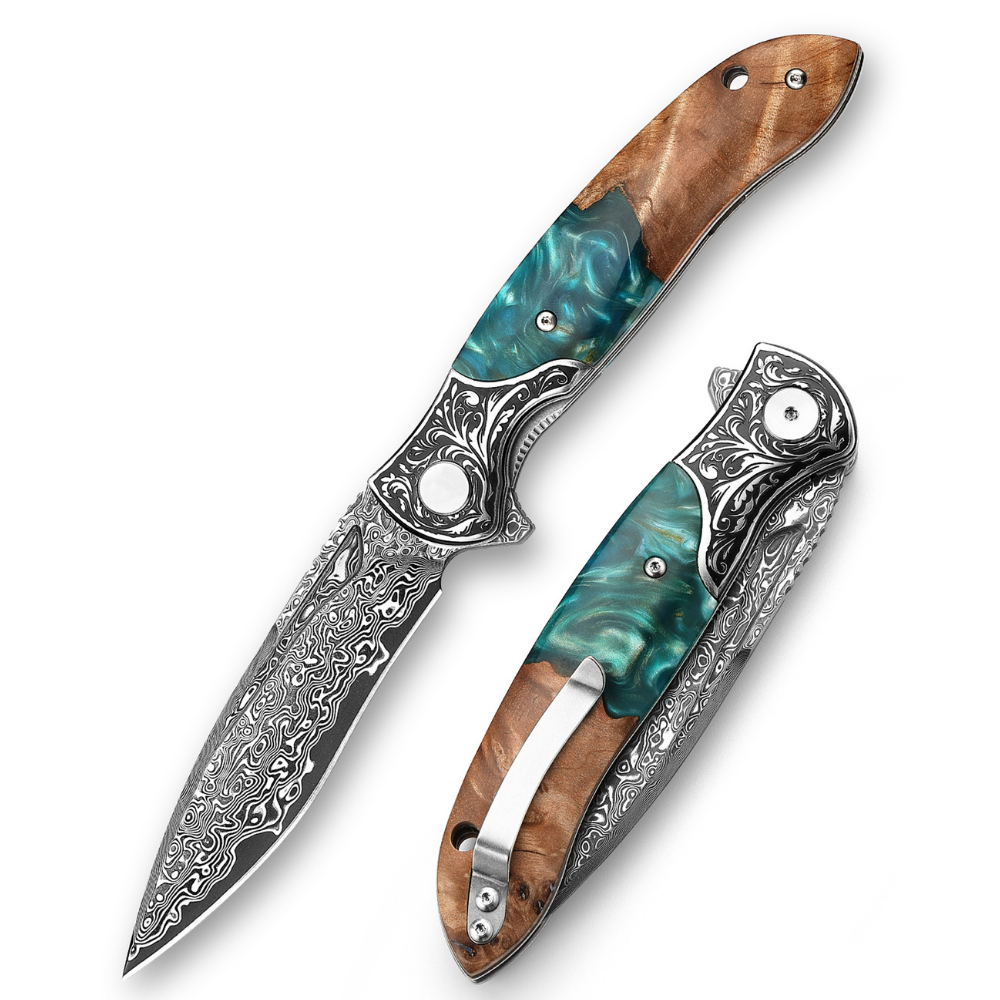
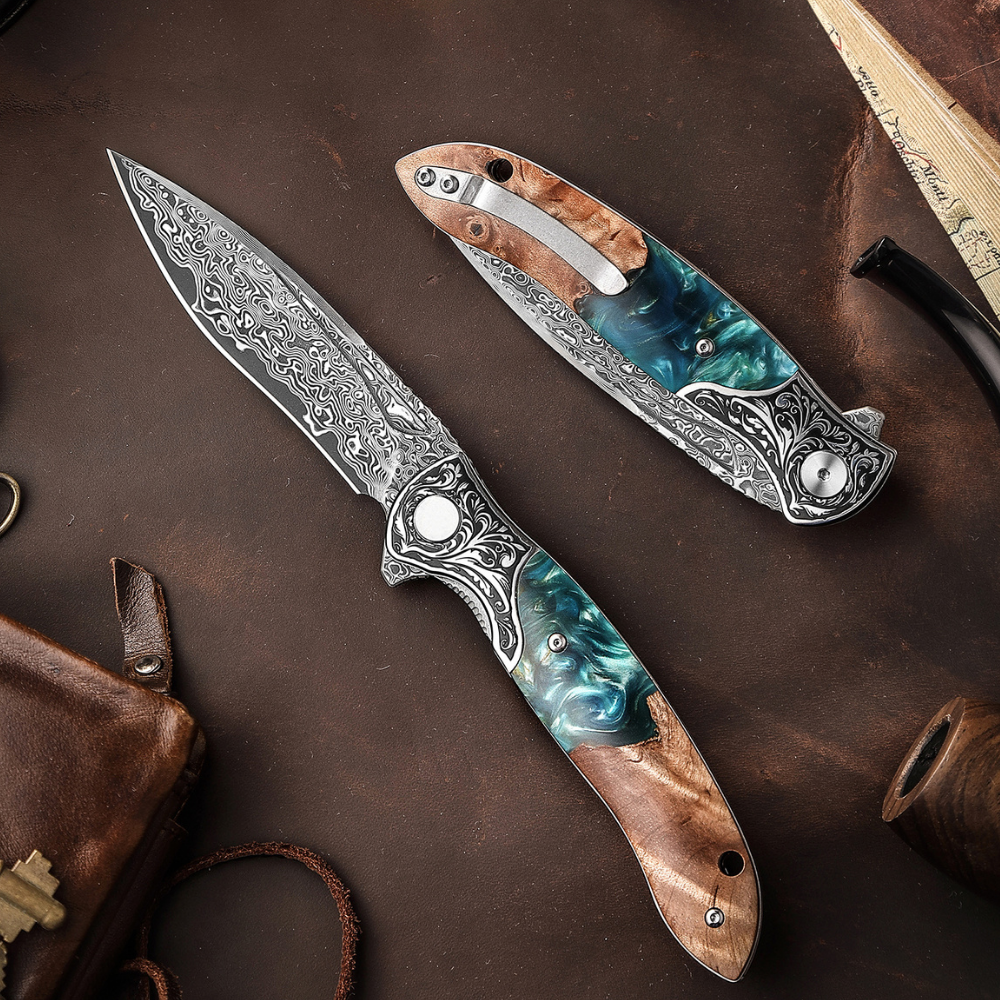
Leave a comment